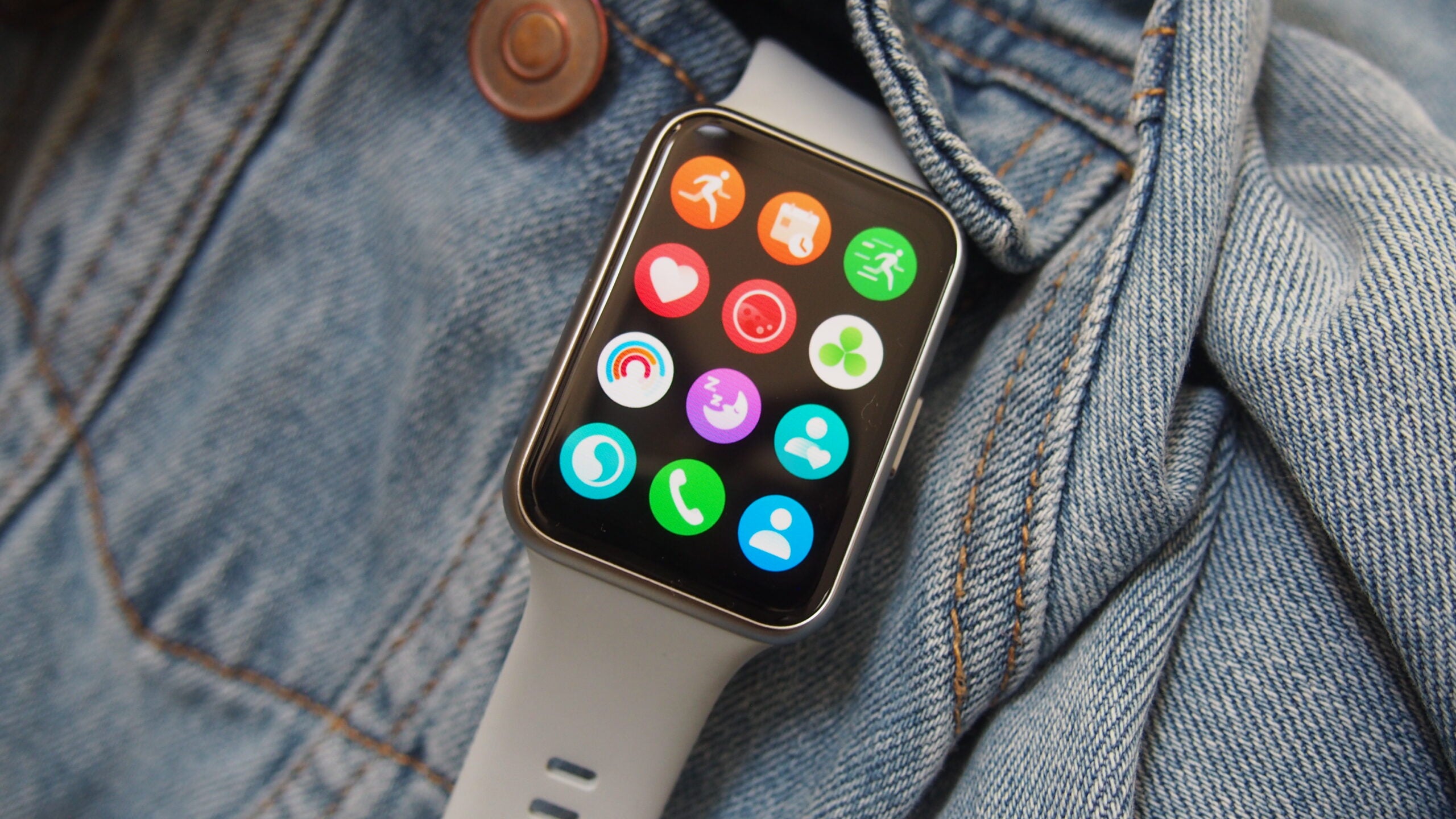The Huawei Watch Fit 2 offers great value for the price including some of the best new smarts Huawei has introduced to its wearable range. If you like the idea of something that looks like a fitness tracker but behaves like a sports watch and smartwatch, the Fit 2 is well worth looking at.
Pros
- Nice looks, and comfortable to wear 24/7
- Grabs big features from Huawei GT smartwatches
- Delivers a week of battery life
Cons
- Some features not available for iPhone
- Limited app support
- Some features drain battery quicker
Availability
- UKRRP: £129.99
- USATBC
- EuropeRRP: €149.99
- CanadaTBC
- AustraliaTBC
-
Display1.74-inch with AMOLED tech -
SoftwareRuns on Harmony OS and works with Android and iOS -
Fitness featuresTracks heart rate, blood oxygen, stress and has GPS
Introduction
The Huawei Watch Fit 2 is what you get when you take Huawei’s Band fitness tracker and cram it with features to make it perform more like a sports watch, smartwatch and fitness tracker all in one.
Huawei’s first Watch Fit launched in 2020 and in that time, the Chinese tech giant has been busy launching new versions of its GT series smartwatches. Many of the new Fit 2’s new features have been grabbed from those new watches and that includes new, smarter running insights, better smartwatch features while also promising over a week of battery life.
At £130, the Fit 2 comes in significantly cheaper than Huawei’s smartwatches, so with similar specs on offer could you save some money and go for the new Fit instead? Here’s our take.
Design
- Available in three editions
- Swappable straps
- 1.74-inch AMOLED display
- 5 ATM water resistant
The best way to think of the Huawei Watch Fit 2 is that it looks like a fitness tracker but behaves a lot like a smartwatch. You’ve got a slim touchscreen display, removable strap, Huawei’s HarmonyOS running the software show and the option to keep that look sporty or give it more formal event appeal.
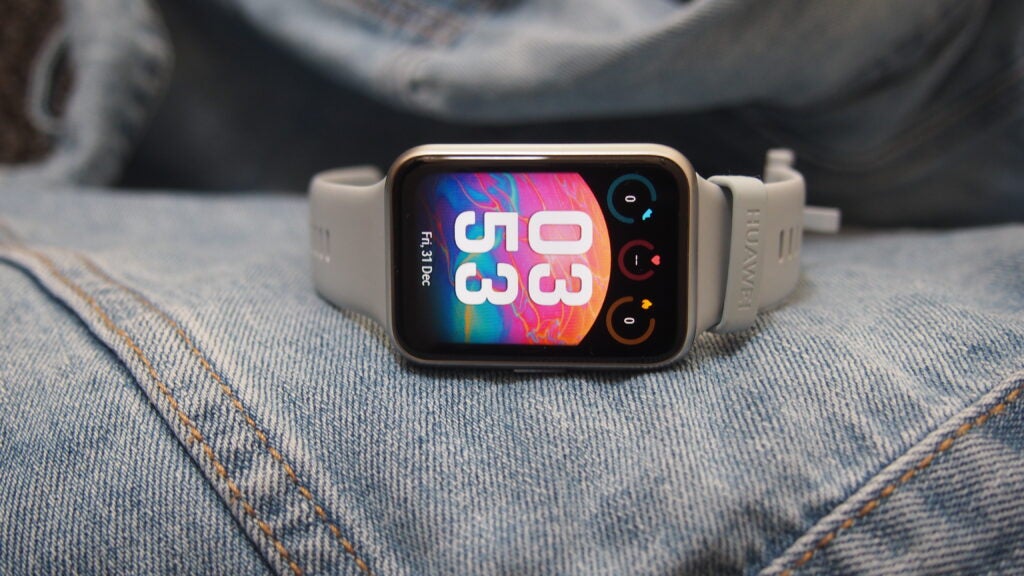
Huawei offers the Fit 2 in three versions – Active, Classic and Elegant. The biggest difference between the three being the addition of NFC and aluminium on the Classic and Elegant versions. I had the Active version, which wraps that 46mm design in polymer and was matched up with a blue silicone strap. Even without that extra metal it looked and felt like a nice wearable to wear.
I’ve worn it day and night, for indoor and outdoor exercise and worn it in the shower and swimming pool and the Fit 2 hasn’t caused any discomfort or given me any reason to want to take it other than to charge it.
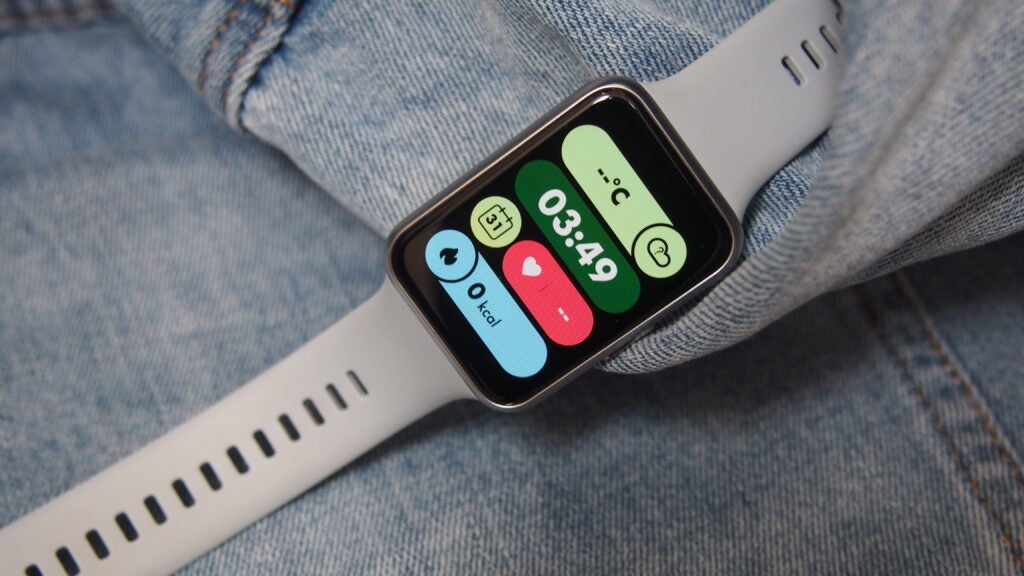
Huawei includes a lovely 1.74-inch, 336 x 480 resolution AMOLED touchscreen display that supports an always-on mode and that’s accompanied by a single physical button. It’s a bright, colourful screen that doesn’t lag when you swipe or tap it with your fingers and it’s overall just a great screen to interact and glance at.
It’s good to see the Fit 2 also includes straps that are easy to remove via the press of a small button on the back of the strap. You can pick up additional leather and a fancier metal Milanese strap, but I think the silicone strap still offers a smart enough look already.
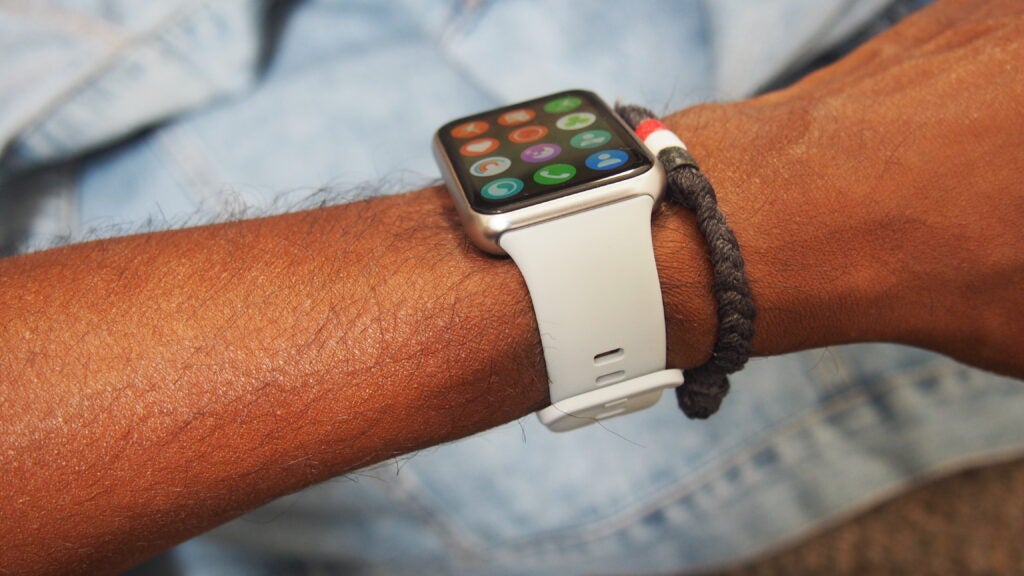
Huawei includes the same 5ATM water resistant rating as its smartwatches, which means you can go swimming with it as long as you don’t submerge deeper than 50 metres.
Tracking and features
- 97 workout modes
- Import routes and navigation
- Onboard music player
- Quick workout animations
- Bluetooth calling
Bottom line, the Huawei Watch Fit 2 does a lot, more than I’d actually expected it to be capable of. Huawei has crammed a lot in here and a lot of what is here works pretty well. It’s not perfect, but there’s certainly more good than bad here.
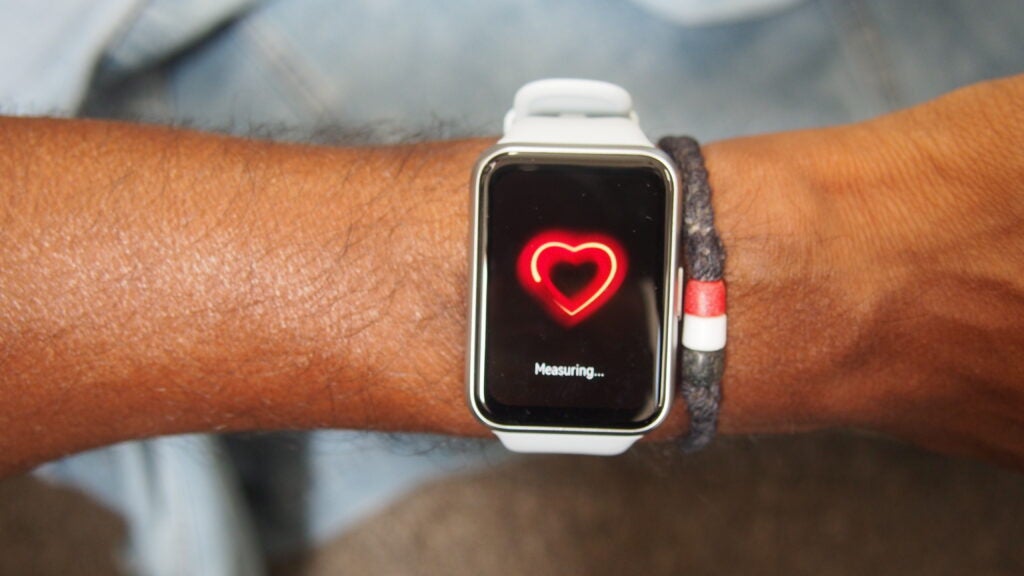
I’ll start with its abilities to perform as a sports watch: here you’re getting 97 workout modes covering rides, runs, swims and indoor activities like treadmill and rowing. There’s support for the key big satellite systems and Huawei says it’s created a design that reduces interference with those signals to improve tracking accuracy in locations where it can traditionally be spotty.
There’s plenty for runners here including the ability to follow training plans, train in heart rate zones and view additional running insights like Huawei’s running ability index and VO2 Max estimates. Huawei still includes its animated workout feature it introduced on the first Fit and now tweaked it to help runners warm up and stretch pre and post-run too.
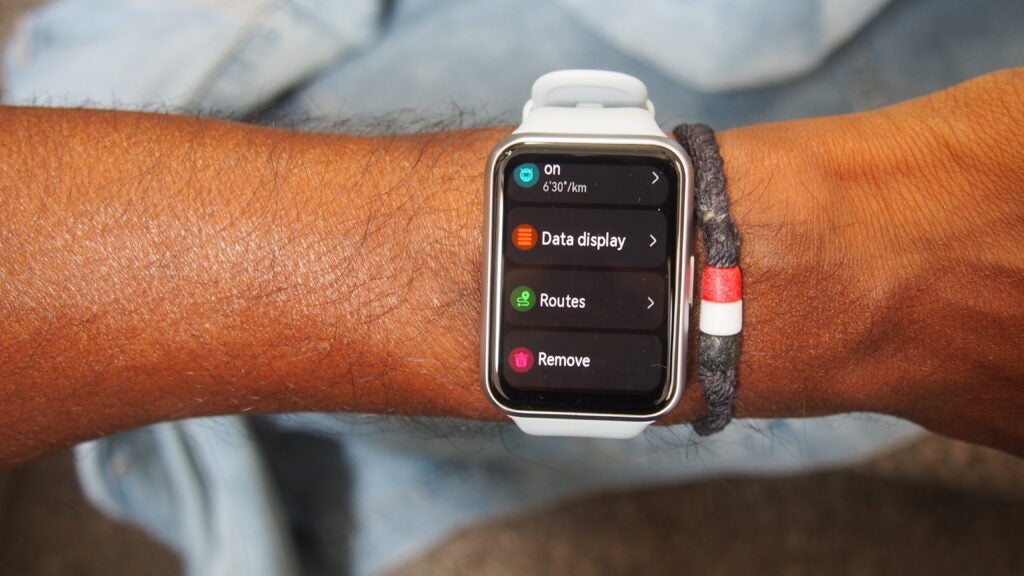
The Fit 2 now also includes the ability to upload routes via Huawei’s Health app and use the Watch Fit 2 to navigate your way to the finish line or back home where you started.
Accuracy-wise, elements like distance tracking for activities like runs and tracking swims were pretty reliable on the whole. For runs, some discrepancies crept in on longer distance outings, but in general it performed well. Heart rate data was good on the whole too, though unsurprisingly it struggled at high intensity. Unlike Huawei’s watches, you don’t have support for external heart rate sensors to improve accuracy.
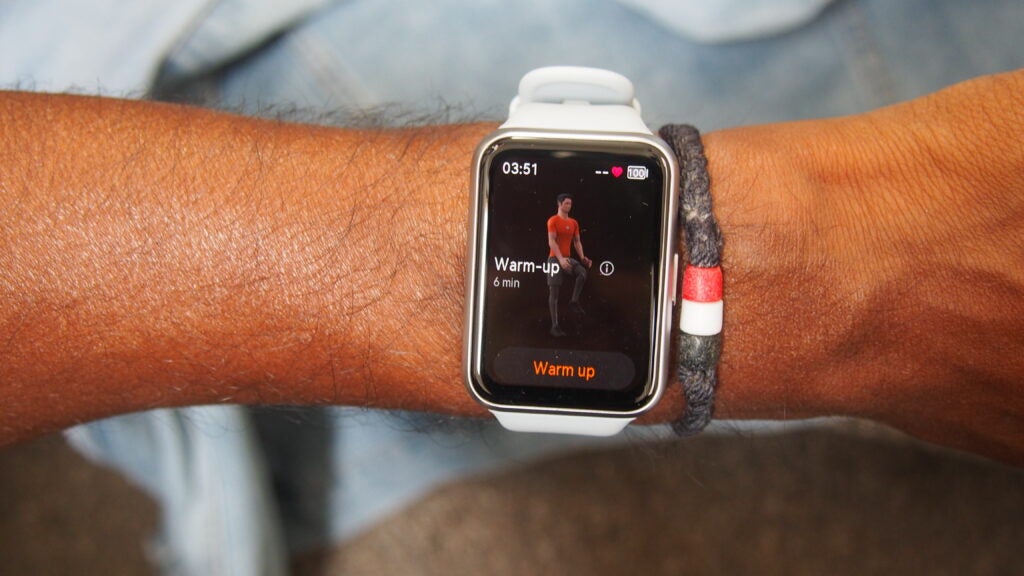
Features like navigation and the animated warm-up and stretches are good additions here too and while navigation support is basic, it did a good enough job directing me while those animated guides offer useful support before and after runs.
As a health and fitness tracker, the Watch Fit 2 won’t be able to tell you if you’ve got a serious health issue, but will do a solid job tracking daily activity, monitoring heart rate continuously and helping you keep a close eye on your sleep.
Daily step counts were generally in line with tracking from a Garmin watch and the Oura Ring 3. For sleep, data relating to breakdown of sleep stages and time slept seemed pretty reliable here too. Huawei does additionally track stress, skin temperature, women’s menstrual cycles and SpO2 measurements, so there’s a fair amount of data to dig into on and off the watch here. None of these features are approved to offer serious health insights, but they can offer guidance on making better decisions about your lifestyle.
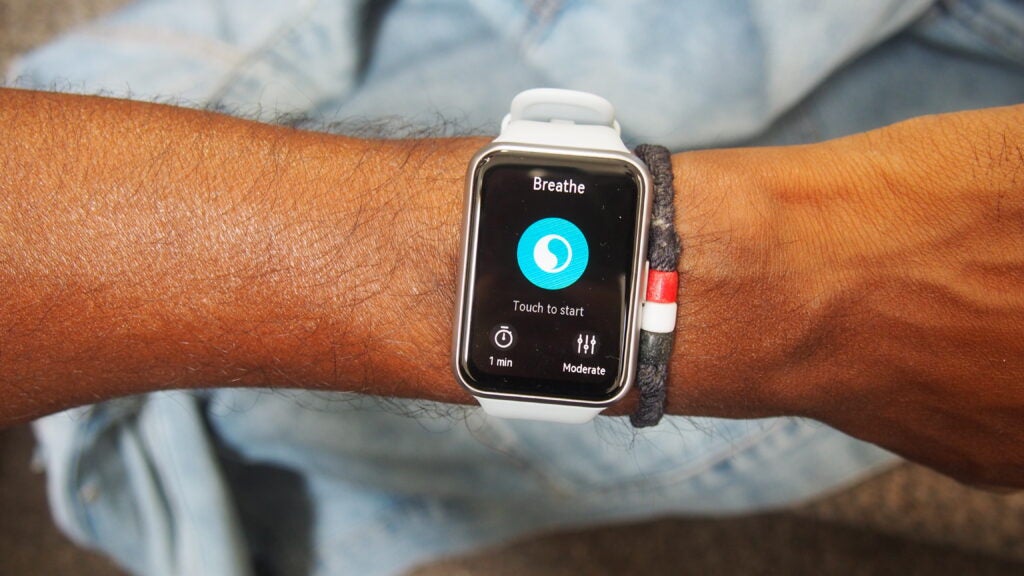
That also brings us nicely into Huawei’s Healthy Living clover, which basically aims to fill in the gaps of that tracking and lets you set reminders to do other positive things regularly during the day. So, remembering to go to sleep at the right times, smiling more, drinking enough water and making use of the guided breathing features that are available here.
As a smartwatch, the Watch Fit 2 offers plenty too, especially if you’re an Android phone owner. You can view notifications, make calls over Bluetooth, access some apps from the Huawei AppGallery, make use of a voice assistant (if paired to a Huawei phone) using the onboard speaker and microphone, and throw on some music. Though this is one feature for Android users only. The Elegant and Classic model also include NFC to quickly transfer photos to the Fit 2 and turn them into watch faces, though only via Huawei phones.
Overall, performs well as a smartwatch depending on the phone that it’s paired to. The screen doesn’t feel restrictive in terms of reading notifications while using music controls and displaying pre-installed watch faces are well optimised for that slim AMOLED display. The on-watch software is nice and easy to get to grips with and while it’s not the most complete smartwatch experience, there should be enough for most here to make the most of when not tracking of steps or exercise.
Battery Life
- Up to 10 days in typical use
- Up to 7 days in heavy use
In terms of battery life, the Fit 2 promises a minimum of a week in between charges with the ability to go longer than that.
Huawei has based its battery numbers on its own lab tests, so to get the maximum 10 days in typical use, you’ll have to do things like 30 minutes of Bluetooth calling or tracking 30 minutes of exercise a week. Using the Fit 2 in heavy usage means tracking exercise for double that amount of time and switching on Huawei’s more advanced sleep tracking.
Based on my testing, the Fit 2 holds up to those numbers. If you go easy on using GPS, you can live without the advanced sleep tracking and you don’t have the screen set to always-on, you can absolutely get those 10 days. With a mixture of typical and heavy use, I’d say you can get a good week out of it before it needs charging again.
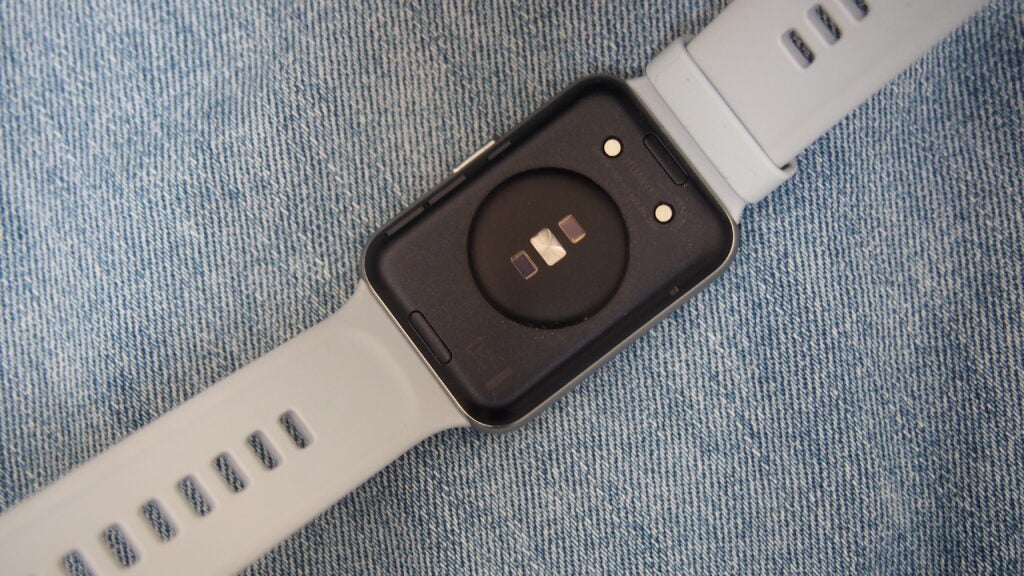
The charging setup is the proprietary kind, so you’ll need to keep hold of that charging cradle and cable included in the box. The cradle does form a good connection with the Fit 2 at least. Best of all, a 5-minute charge will get you a day’s play, which is very handy.
Latest deals
Should you buy it?
You want an affordable fitness tracker with solid sports tracking features.
The Huawei Watch Fit 2 crams in a lot of what you’ll find on Huawei’s smartwatches and give you those smarts for a lot less money.
You own an iPhone and care about smartwatch features.
While the core experience is similar on the whole, Android and Huawei users will get the most complete smartwatch experience here.
Final Thoughts
The Huawei Watch Fit 2 overall is just a really likeable wearable to live with. It looks good, it has a surprisingly rich list of features and crucially, it performs well as a fitness tracker, sports watch and as a smartwatch too. If you like the idea of a fitness tracker that puts a stronger emphasis on tracking your fitness over squeezing in a smartwatch into a more band-like form, then there’s a lot to like here with the Fit 2.
How we test
We thoroughly test every smartwatch we review. We use industry standard testing to compare features properly and we use the watch as our main device over the review period. We’ll always tell you what we find and we never, ever, accept money to review a product.
Worn as our main smartwatch during the testing period
Side-by-side GPS comparison with our best scoring smartwatches
FAQs
The Huawei Watch Fit 2 does include built-in GPS and additionally supports Beidou, Glonass, Galileo, and QZSS satellite systems to improve outdoor tracking accuracy.
Yes, you can pair the Watch Fit 2 with an iPhone though it won’t offer access to the full complement of features available, including syncing music and the remote shutter feature.
Jargon buster
GPS
An abbreviation of the Global Positioning System, which uses satellite communication to pinpoint your location. Some smartwatches are able to achieve this communication without the use of a smartphone.
GLONASS
An alternative to GPS that was originally developed in Russia. In the absence of GPS, some smartwatches can utilise the GLONASS framework to determine a user’s location.
SpO2
An abbreviation for determining ‘blood oxygen saturation’, namely the levels of oxygen found within the bloodstream at any given time. A low SpO2 count can be the result of a serious illness.



















